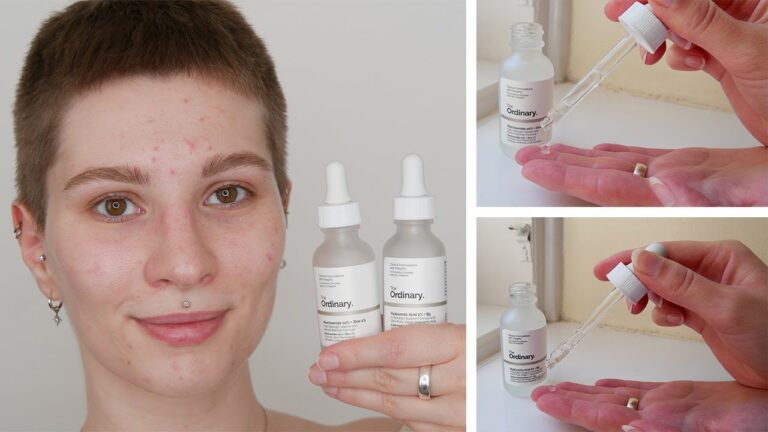All You Need to Know About Patch Test: Definition, Procedure, and Importance
Welcome to our article on patch tests! If you have ever visited a dermatologist or a beautician, you may have heard about a patch test. But what is it exactly?
A patch test is a skin test performed to check for possible allergic reactions to certain substances in skincare and hair care products. It is a simple yet effective way to determine if a product is safe for you to use or not. Patch tests are commonly used in dermatology clinics and salons before performing treatments that involve products, such as hair color, makeup, and facial treatments.
When you go for a patch test, the technician or doctor will apply small amounts of a product, such as hair dye or a facial cream, on your skin. They will do this in multiple areas, typically on your back or forearm, and cover each area with a patch or special tape. The patches will stay on your skin for a certain amount of time, usually between 48-72 hours. During that time, you should avoid getting the area wet or sweaty, as it may interfere with the results.
Once the patches are removed, the technician or doctor will examine the areas to see if there has been any reaction, such as redness, swelling, or itchiness. If there is a reaction, it means that you are allergic to one or more of the ingredients in the product. This is why it is important to do a patch test before using any product that will come in contact with your skin or hair.
Some common products that require patch tests include hair dyes, hair straightening creams, permanent wave solutions, and facial creams. These products contain strong chemicals that can cause allergic reactions in some people. It is always better to be safe than sorry, especially when it comes to your skin and health.
Patch tests are not only for people with sensitive skin or allergies. They are recommended for everyone, regardless of their skin type, especially if you are trying a new product for the first time. Even natural and organic products can cause allergic reactions, as some people may be allergic to specific plant extracts or essential oils.
To summarize, a patch test is a simple yet crucial step in ensuring that the products you use are safe for your skin and hair. It can help you avoid allergic reactions, irritations, and other potential risks. If you are unsure whether a product requires a patch test or not, consult with a dermatologist or a beautician. Remember, your skin is unique, and what works for someone else may not work for you. So always patch test before using a new product, and stay safe and healthy!
Most searched products:
The Ultimate Guide to Azealic Acid: Benefits, Uses, and Side Effects
Does Sephora Support Israel? Answering Your Questions
How Long Does Glycolic Acid Take to Show Results: Your Ultimate Guide
Discover the Benefits of The Ordinary Botox for Your Skin
The Ultimate Reviews of The Ordinary Peeling Solution
Deciem Edinburgh
Unveiling the Magic of Hyaluronic Acid: Benefits and Uses Explained
Unveiling the benefits of The Ordinary Buffe serum for healthier skin
10 Amazing Facts about Black Circles and their Meanings
10 Best Hair Tips and Tricks for Healthy and Beautiful Hair












